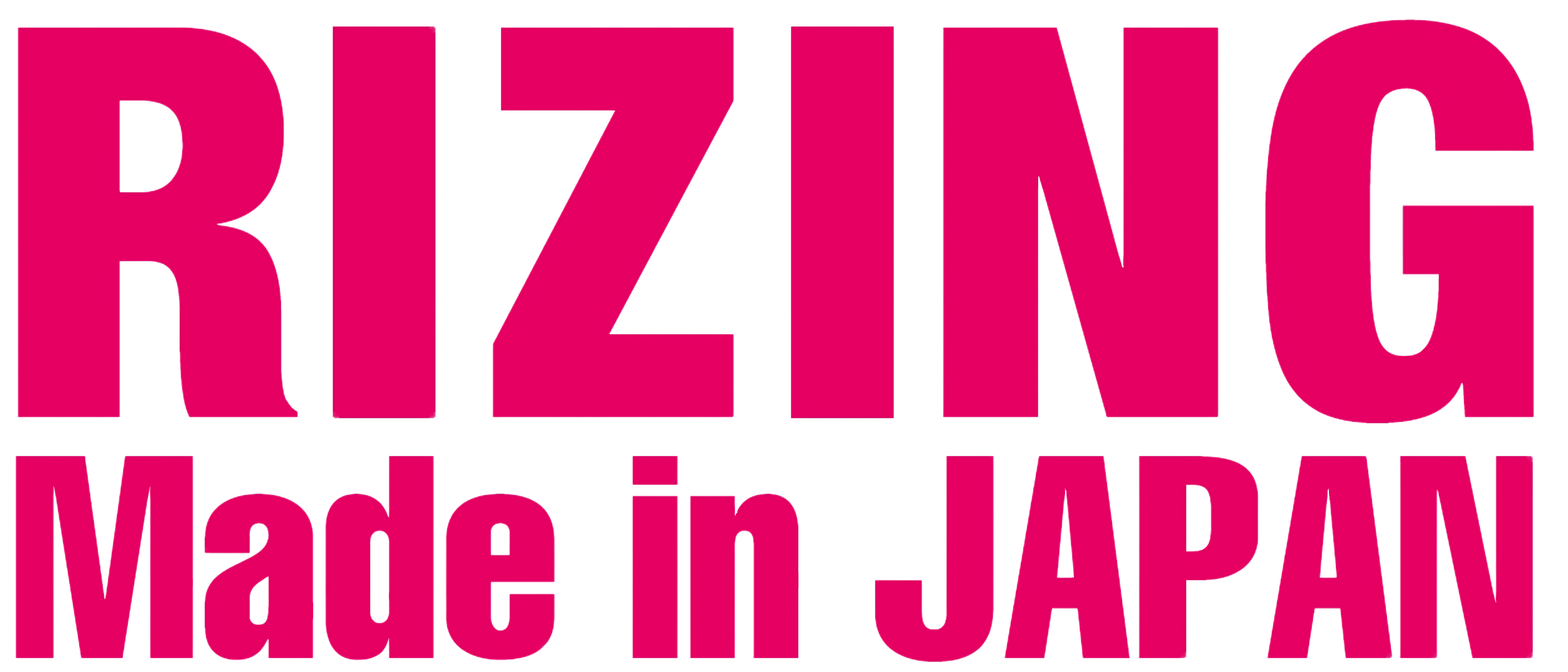Luxury, often associated with opulence and extravagance, transcends mere materialism; it embodies an intricate interplay of quality, exclusivity, and cultural significance. To parse out the essence of luxury, it is essential to explore its historical context, its evolution in modern society, and the nuanced interpretations it garners across different demographics and cultures.
Historically, luxury has roots in ancient civilizations where it connoted not only wealth but also power and status. The Egyptians adorned their tombs with gold and precious gemstones, reflecting both their wealth and the belief in the afterlife. Similarly, in ancient Rome, luxury was epitomized by the consumption of exotic goods, such as silk from China or spices from India, which were accessible only to the elite. This historical precedent highlights that luxury was always intertwined with rarity and a reflection of social hierarchies.
The word “luxury” derives from the Latin term “luxus,” which means excess or extravagance. In medieval Europe, luxury was often condemned by the Church, which equated it with sinfulness. However, during the Renaissance, luxury reclaimed its place within society, celebrated through art, architecture, and fashion. The Italian city-states set a burgeoning precedent for luxury goods, such as silk garments and intricate jewelry, often made by craftsmen whose skills would become legendary.
Fast forward to the 19th century, the Industrial Revolution catalyzed a new luxury landscape. The rise of the bourgeoisie was accompanied by an explosion of consumer goods, signifying a cultural shift. Brands like Louis Vuitton and Cartier emerged during this period, signaling that luxury was not merely a product of wealth but also an experience. Today, the global luxury market is estimated to be worth over $300 billion, representing a significant economic sector that spans fashion, automobiles, travel, and beyond. Notably, according to Bain & Company, the luxury market is projected to grow by 6-8% annually, illustrating a resilience in luxury spending even amid economic fluctuations.
In contemporary times, luxury is characterized by a blend of exclusivity and accessibility. The notion that luxury is reserved for the elite is rapidly evolving. The proliferation of high-end fashion brands engaging in ‘democratization’ of luxury—offering more affordable lines while maintaining their brand equity—has transformed consumer perceptions. Brands such as Gucci have launched more accessible product lines while maintaining the aspirational nature of their heritage.
Moreover, luxury today is not solely defined by the product itself; the consumer experience plays a pivotal role. The rise of experiential luxury indicates that consumers increasingly value experiences over possessions. The luxury hotel sector, for instance, has capitalized on this trend, offering bespoke services that elevate the conventional hospitality experience. For example, the Burj Al Arab in Dubai, often dubbed the world’s only “seven-star” hotel, provides hyper-luxurious experiences such as an underwater restaurant and a fleet of private butlers, underscoring that luxury now encompasses extraordinary experiences.
Furthermore, sustainability has emerged as a crucial dimension of luxury. As global consciousness about climate change burgeons, luxury brands are increasingly investing in sustainable practices. The rise of eco-luxury brands, such as Stella McCartney, exemplifies a shift where luxury intertwines with ethical considerations. According to McKinsey & Company, about 66% of global consumers are willing to pay more for sustainable brands, indicating that modern luxury is migrating towards blending exclusivity with ecological responsibility.
Moreover, the demographic shift in luxury consumption is significant. Millennials and Generation Z, who prioritize brand values and sustainability, are reshaping the luxury landscape. According to a report by the Luxury Institute, these younger consumers are expected to account for 45% of the luxury goods market by 2025. This shift is pushing traditional luxury brands to adapt and innovate in order to resonate with a more socially-conscious audience.
In conclusion, the concept of luxury is multifaceted and continually evolving, shaped by historical contexts and contemporary trends. From ancient societies that leveraged luxury to signify power, to modern-day consumers who value ethics and experiences, luxury transcends mere material possessions. In an increasingly interconnected world, understanding luxury requires a nuanced perspective that considers culture, values, and economic realities. As we move forward, luxury will likely continue to adapt, reflecting the values and aspirations of society, ensuring it remains a relevant and compelling concept.

